Power Outages Don't Have to Mean Panic: Safely Connecting Your Portable Generator with an Interlock Kit
 Introduction: When the Lights Go Out, Stay Safe and Powered Up
Introduction: When the Lights Go Out, Stay Safe and Powered Up
That sudden silence. The flickering lights fading to black. Power outages are disruptive, stressful, and can even feel a bit scary, especially during storms or extreme weather. Refrigerators stop humming, furnaces go cold (or ACs stop cooling), and suddenly simple tasks become complicated. Many homeowners invest in a portable generator for peace of mind, providing a vital source of electricity when the grid goes down.
But owning a generator is only half the battle. Connecting it to your home safely is absolutely critical. You might have heard horror stories or seen unsafe setups involving tangled extension cords running through windows. Worse yet are incredibly dangerous methods that risk fire, electrocution, and harm to utility workers.
There's a better, safer, and surprisingly simple way: a Generator Interlock Kit. This small device, installed in your main electrical panel, is the key to safely using your portable generator to power essential circuits directly through your home's wiring. Forget the extension cord maze – let's explore how an interlock kit provides a secure and reliable connection for backup power when you need it most.

Section 1: The #1 Danger You MUST Avoid: Understanding Backfeeding
Before we talk about the solution, it's crucial to understand the biggest danger of improperly connecting a generator: backfeeding.
Imagine your home's electrical system like plumbing. Normally, power flows from the utility company's lines into your house. When you connect a generator incorrectly, it's like forcing water back up the main pipe. Your generator starts sending electricity out of your house and onto the main power lines outside.
Why is this so dangerous?
- Extreme Risk to Utility Workers: During an outage, lineworkers are often repairing damaged lines. They assume these lines are dead. If your generator is backfeeding onto those lines, it sends potentially lethal voltage right where they're working, risking severe injury or even death.
- Damage to Your Generator: When utility power is eventually restored while your generator is still connected and backfeeding, the sudden surge can severely damage or destroy your generator.
- Damage to Appliances: This clash of power sources can also fry sensitive electronics and appliances within your home.
- Fire Hazard: Improper connections significantly increase the risk of electrical fires.
Running extension cords directly from the generator to appliances avoids backfeeding but is inconvenient and limits what you can power. Never, ever use a homemade "male-to-male" extension cord (sometimes called a "suicide cord") to plug your generator directly into a regular wall outlet – this is incredibly dangerous and a guaranteed way to backfeed.

Section 2: The Safe Solution: How a Generator Interlock Kit Works
So, how do you safely get generator power into your home's circuits without backfeeding? Enter the Generator Interlock Kit.
Think of it as a smart, simple traffic cop for your electrical panel. It's a mechanical device – usually a set of metal plates – that attaches to the cover of your main electrical panel. Its genius lies in its simplicity:
- It physically prevents your home's Main Breaker (the one controlling power from the utility) and the Generator Breaker (the one controlling power from your generator) from being ON at the same time.
Here’s the "either/or" magic:
- Normal Power: Your Main Breaker is ON, feeding utility power to your home. The interlock physically blocks the Generator Breaker, so it cannot be turned ON.
- Power Outage (Using Generator):
- You turn the Main Breaker OFF, disconnecting your house entirely from the utility grid (this prevents backfeeding!).
- You slide the Interlock Plate over.
- Now, the interlock allows you to turn the Generator Breaker ON, letting power flow from your generator (connected via a proper generator inlet box) into your panel.
- Critically, while the Generator Breaker is ON, the interlock now physically blocks the Main Breaker, preventing it from being turned back on until the generator is shut off and its breaker is turned OFF.
It’s a purely mechanical system – no complex wiring within the interlock itself – making it incredibly reliable and foolproof. It ensures you are never connected to the grid and your generator simultaneously.
Section 3: Beyond Extension Cords: Powering More Than Just a Lamp
Running a few extension cords might keep a lamp on or charge your phone, but what about the essentials? Your refrigerator/freezer, furnace fan (in winter), sump pump, well pump, or critical medical equipment? An interlock kit allows you to power these circuits directly through your existing home wiring, provided your generator has enough capacity.
Instead of a tangle of cords, you have:
- A Generator Inlet Box: A weatherproof box installed outside your home where you safely plug in your generator using a heavy-duty generator cord.
- Dedicated Generator Breaker: A specific breaker inside your panel connected to the inlet box.
- The Interlock Kit: Ensuring safe switching between grid and generator power.
This setup allows you to choose which circuits in your panel you want active during an outage (being careful not to overload your generator!), providing much greater comfort and functionality than basic extension cords.

Section 4: Finding the Right Fit: Choosing Your Interlock Kit
Okay, you're convinced an interlock is the way to go. But how do you get the right one? Electrical panels aren't one-size-fits-all, and neither are interlock kits. Using the wrong kit simply won't work or, worse, won't be safe. Here’s what you (or your electrician) need to know:
- Identify Your Panel Brand: Open your electrical panel door. Look for the manufacturer's name – common brands include Square D (QO or Homeline series), Eaton (sometimes labeled Cutler-Hammer, CH or BR series), Siemens, General Electric (GE), and others. Take a picture of any labels you see!
- Check the Main Breaker: Note the location of your main breaker (usually a large breaker at the top or sometimes side). Note its amperage (e.g., 100A, 150A, 200A).
- Measure the Breaker Spacing (CRITICAL!): This is the most important part. You need to measure the distance between the center of the main breaker and the center of the breaker space where the generator breaker will go (usually the top two spaces on the side opposite the main breaker).
- (Image Suggestion: A clear diagram or photo showing exactly how to measure this center-to-center distance on a panel cover with a ruler or tape measure. Use arrows pointing to the center points.)
- This measurement needs to be precise! Common spacings are things like 1-1/4 inches, 1-3/8 inches, 1-1/2 inches, 2-1/2 inches, etc., depending on your panel model. Write this measurement down!
Matching the Kit: Once you know your panel Brand, Type/Series (if visible), and the exact Spacing, you can find the correct interlock kit. For example:
- If you have a Square D QO panel with 1-3/8" spacing, you'd need a kit like our GL-1.
- If you have an Eaton CH panel with 1-1/2" spacing, you'd need our GL-2.
- (List a few more examples relevant to your popular kits)
When in Doubt, Call a Pro! If you are unsure about your panel brand, type, or especially the spacing measurement, do not guess. Contact a qualified electrician. They can easily identify your panel and ensure you order the correct interlock kit.
Section 5: Installation and Use: Safety First!
Installation: Installing an interlock kit involves working inside your main electrical panel and drilling precise holes in the panel cover. This is NOT a DIY job for most homeowners. For your safety and to ensure correct operation, installation should always be performed by a qualified, licensed electrician. They will also install the necessary generator inlet box and generator breaker correctly and ensure everything meets local electrical codes.
Using Your Interlock Kit (After Professional Installation): Once installed, using the system during an outage is straightforward:
- Turn OFF the Main Breaker: Disconnect from the utility grid.
- Slide the Interlock Plate: Move it to the position that blocks the main breaker and uncovers the generator breaker.
- Turn OFF all double-pole breakers and sensitive/heavy load breakers in your panel to avoid overloading the generator when it starts.
- Connect Your Generator: Plug your generator cord into the outdoor inlet box. Start your generator outside in a well-ventilated area (NEVER indoors or in a garage!).
- Turn ON the Generator Breaker: In your main panel, flip the generator breaker ON.
- Gradually Turn ON Circuits: Turn on the breakers for the essential circuits you need, one by one, making sure not to exceed your generator's capacity.
- When Power Returns: Turn OFF the generator breaker, turn OFF your generator, disconnect the cord, slide the interlock back, and turn ON the main breaker.
Section 6: The Benefits: Why Choose an Interlock Kit?
- Uncompromised Safety: Properly installed, it eliminates the risk of dangerous backfeeding.
- Convenience: Power essential circuits directly through your panel – no messy extension cords.
- Affordability: Often significantly less expensive than installing a full manual or automatic transfer switch.
- Reliability: Simple mechanical design means less to go wrong.
- Flexibility: Allows you to choose which circuits to power (within generator limits).
- Peace of Mind: Know your backup power system is safe for your family, your home, and utility workers.
Conclusion: Be Prepared, Be Safe
A portable generator is a fantastic tool for weathering power outages, but only when used safely. A generator interlock kit is the missing link for many homeowners, providing that crucial safe connection point. It’s a relatively small investment that delivers enormous peace of mind, convenience, and protection against the serious dangers of backfeeding. Don't wait for the next storm – talk to a qualified electrician about installing the correct interlock kit for your home and be truly prepared for when the lights go out.


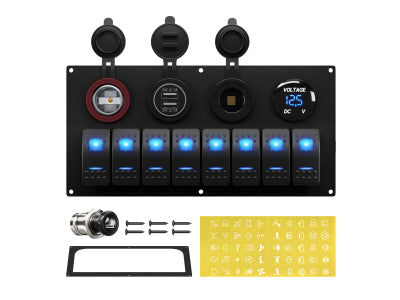
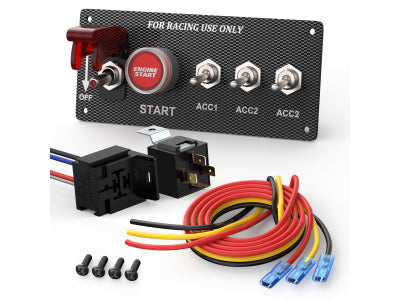
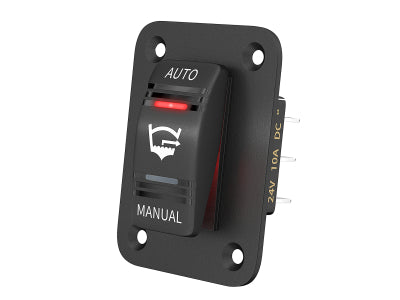
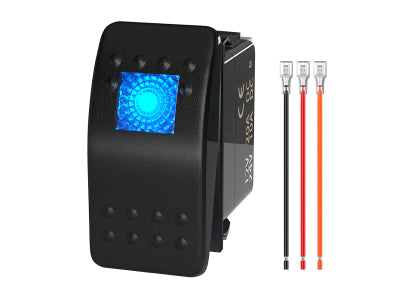
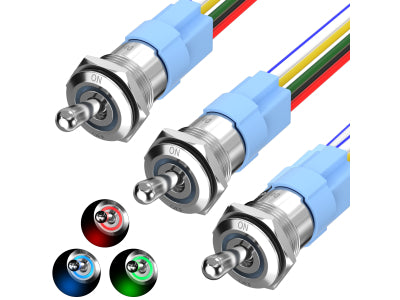
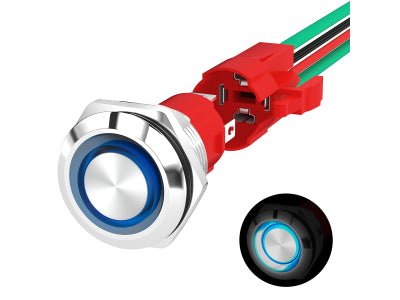
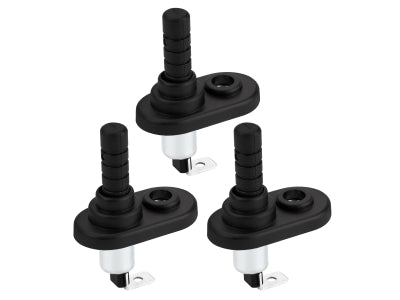
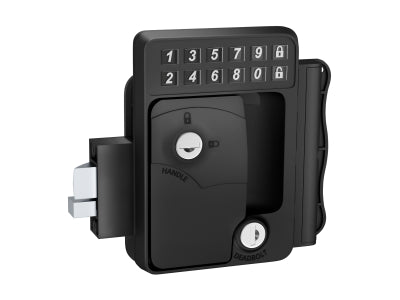
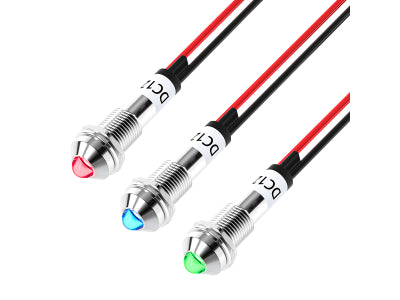
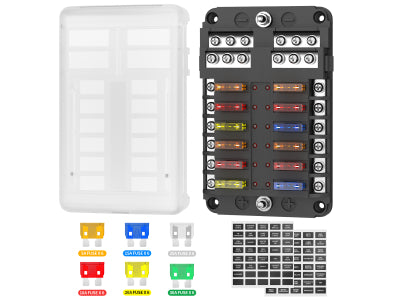
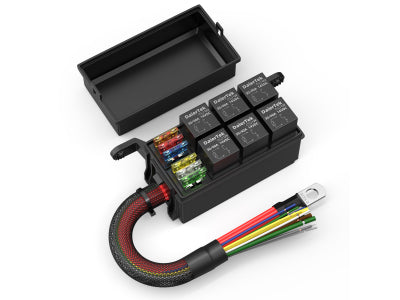
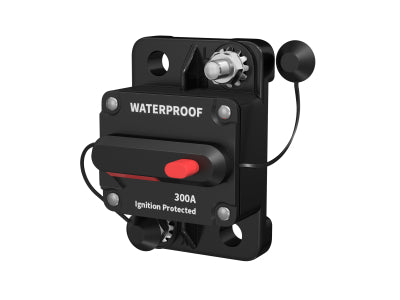
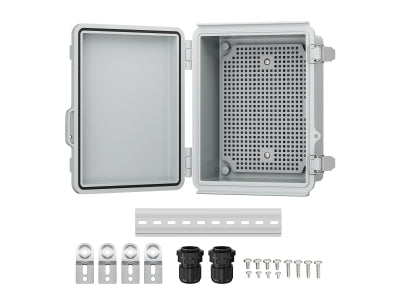
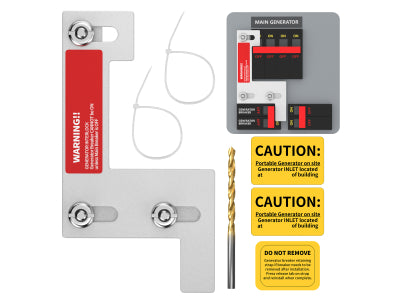
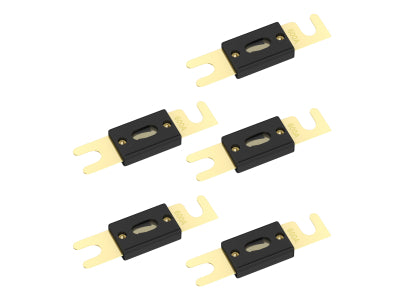
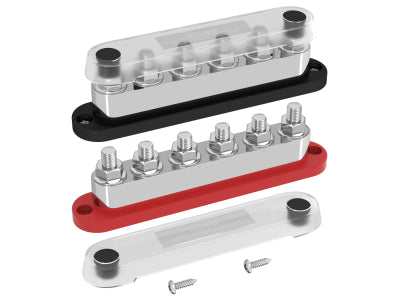
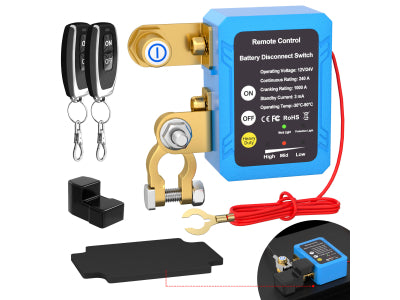
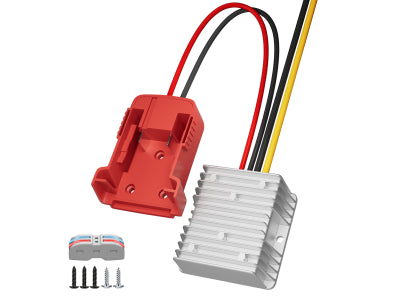
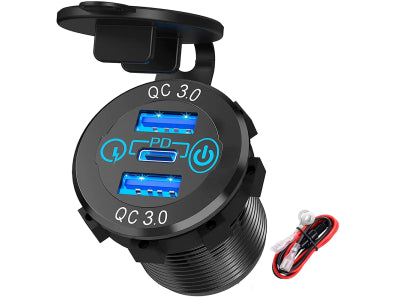
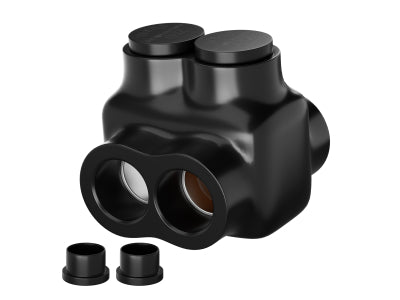
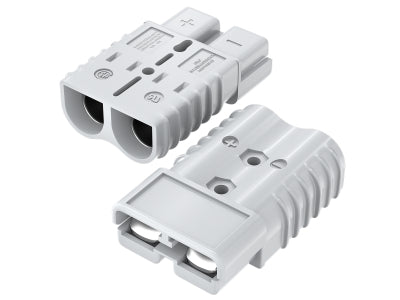
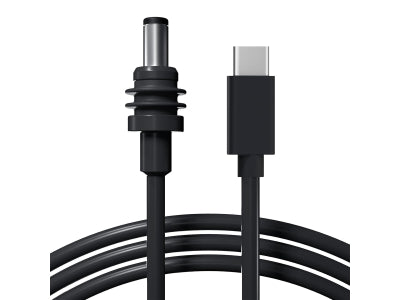
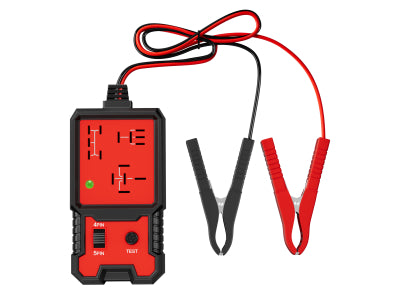
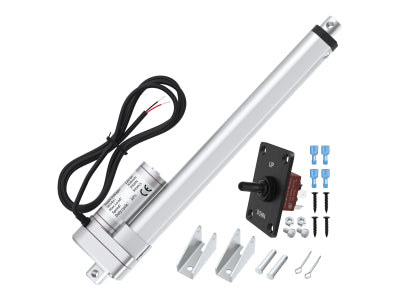
Leave a comment